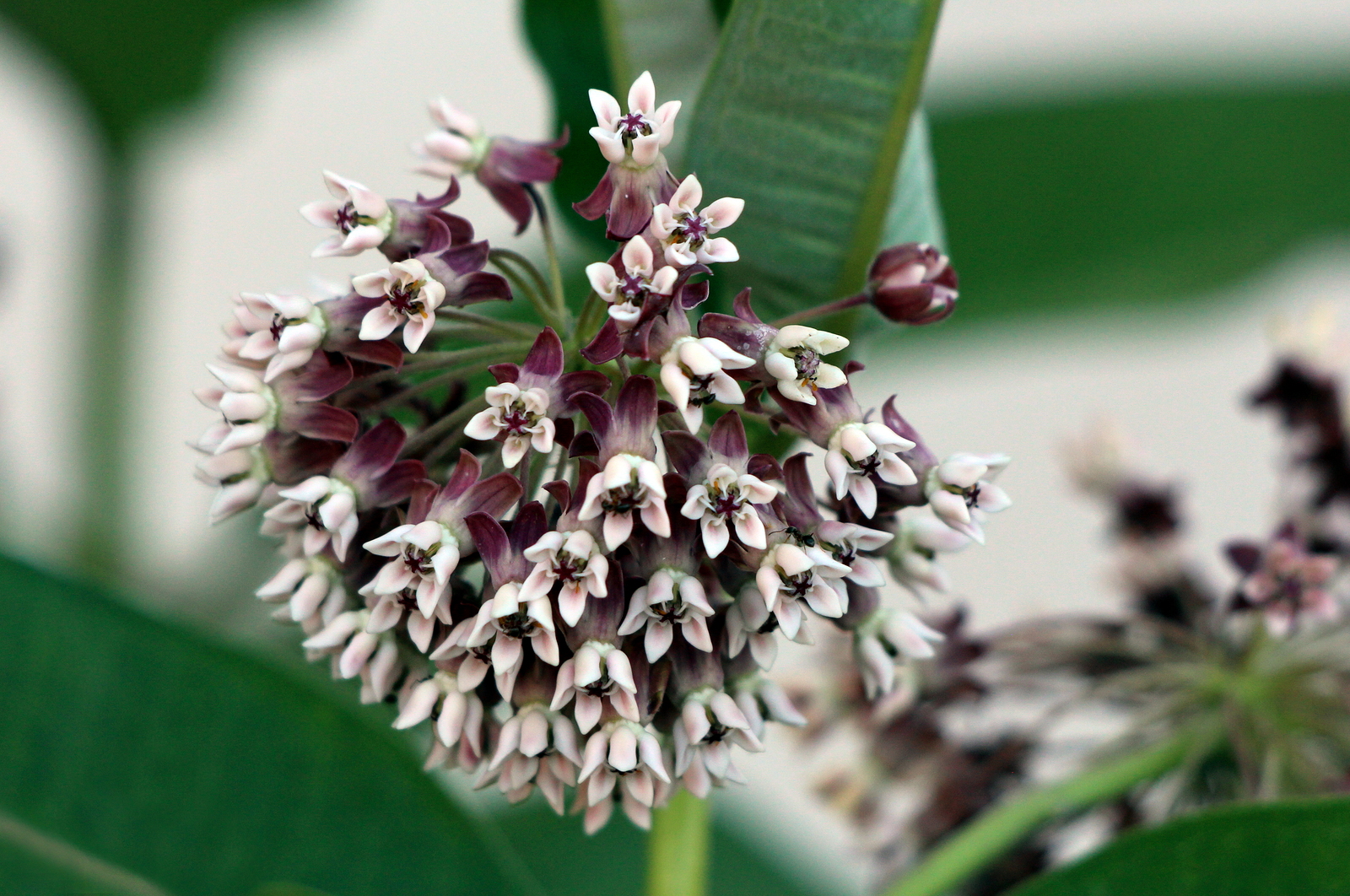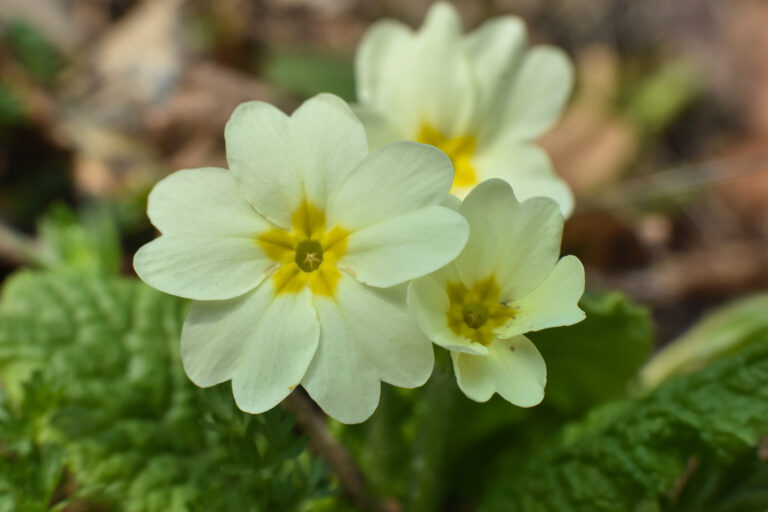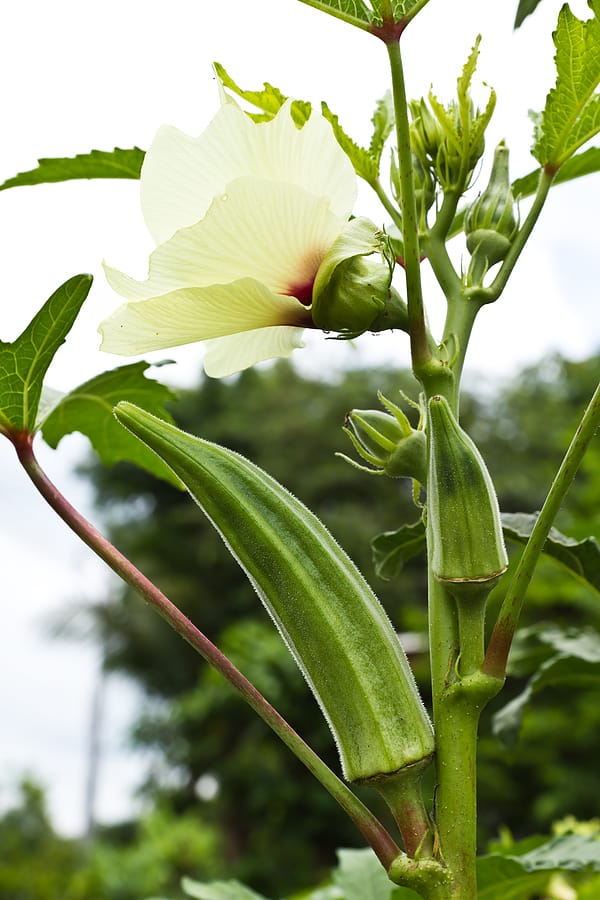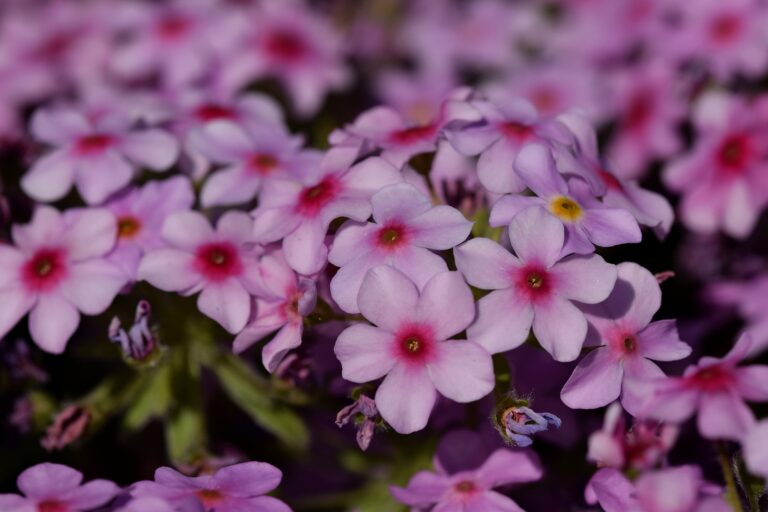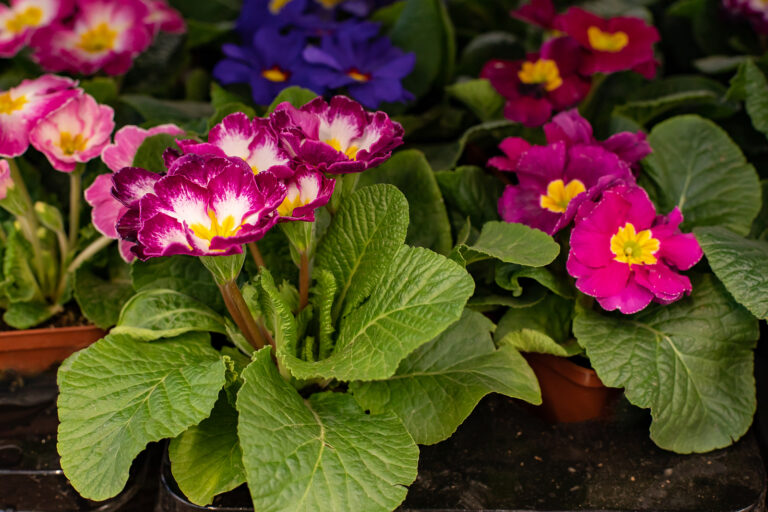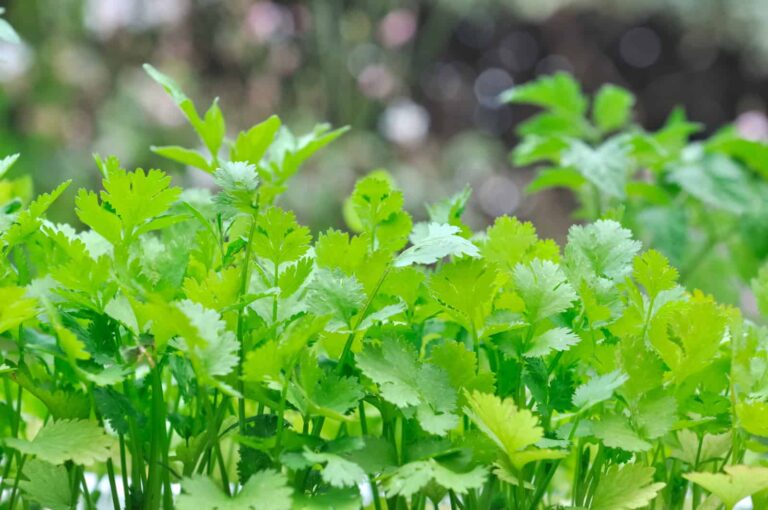How to Grow Milkweed — Asclepias
Asclepias–commonly called milkweed or butterfly weed–is a showy perennial with dense clusters of orange blooms. Asclepias is a genus of perennials that exudes milky juice when stems are broken. Butterfly bush, Asclepias tuberosa, is a favorite food of the monarch butterfly and is commonly grown in gardens.
Asclepias grows well in dry places. It is most effective when planted in masses in the border or wild garden. It is an excellent cut flower.
Milkweeds bear small flowers with reflexed petals and five hoodlike lobes. The flowers are followed by seedpods filled with flat seeds. Each seed has a tuft of silky hair attached. When the seedpod opens, the ripe seeds float away on their silky parachutes.
Asclepias are propagated by division or seeds.
There are about 110 species in the Asclepias genus.
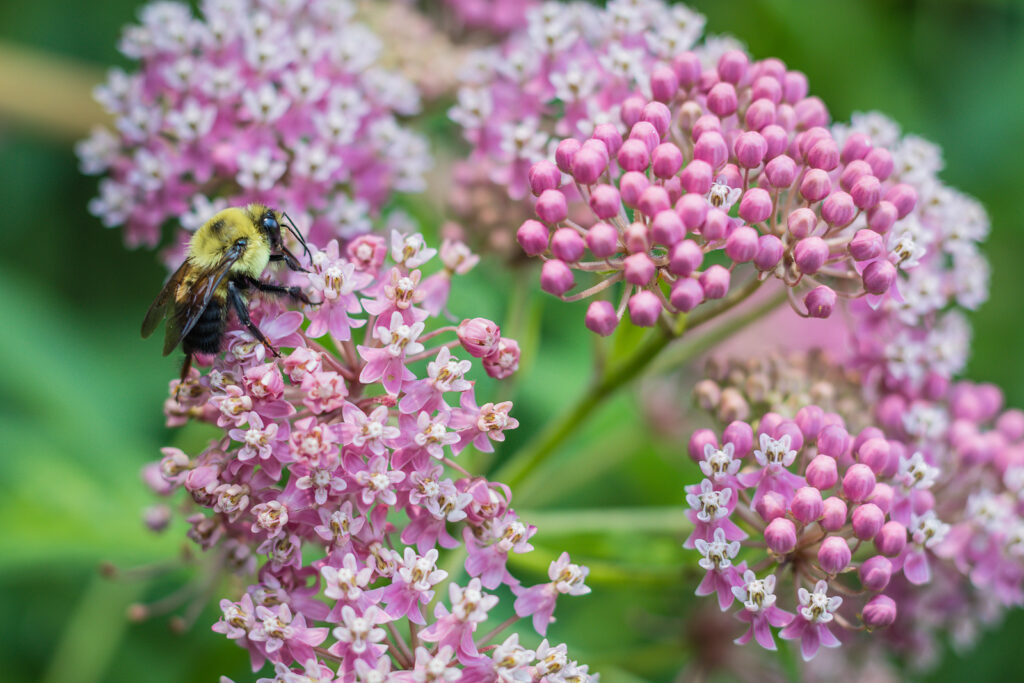
Get to know Asclepias
- Plant type: Perennial
- Growing Zones and range: Zones 3 to 9
- Hardiness: Hardy to -30°F to -34°C
- Height and width: 2 to 4 feet (.6-1.2m) tall; 10 to 24 inches (7.6-61cm) wide
- Foliage: Stems with lance-shaped leaves to 4 inches (10cm) long grow along the stems from ground level to the base of flower clusters
- Flower form: Reflexed flowers grouped in broad, flattened clusters or umbels.
- Flower colors: Orange, yellow, red
- Bloom time: Midsummer
- Uses: Good choice for cottage garden or meadows and prairie gardens.
- Garden companions: wild bergamot, gloriosa daisy, delphiniums
- Common name: Milkweed, butterfly weed
- Botanical name: Asclepias species
- Family: Asclepiaddaceae
- Origin: South Africa, temperate North America
Where to plant Asclepias
- Plant Asclepias in full sun.
- Asclepias prefers sandy loam but will grow in average to poor soil with good drainage. Deep, light soil is best; butterfly weed has a deep taproot.
- Asclepias has a fleshy, brittle taproot which makes it drought-tolerant, but also difficult to dig and move; plant Asclepias so that it does not need transplanting.
Asclepias uses and companions
- Use Asclepias in a border or in informal, meadow, wildflower, butterfly, and cut-flower gardens.
- Good companions for Asclepias are Achillea, Artemisia, Nepeta, Oenothera.
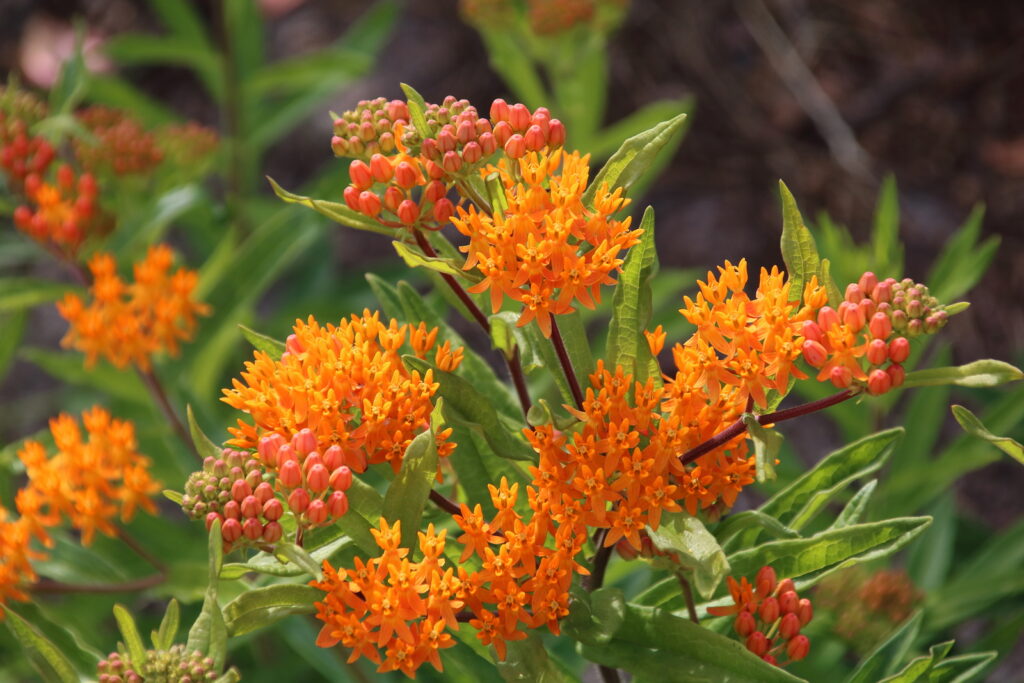
When to plant Asclepias
- Set out young established plants in spring. Older plants are difficult to transplant because Asclepias has a long taproot.
- Grow from seed in spring.
Planting and spacing Asclepias
- Space Asclepias 10 to 24 inches (25-61cm) apart.
- Seed germinates best at 61-64°F (16-18°C).
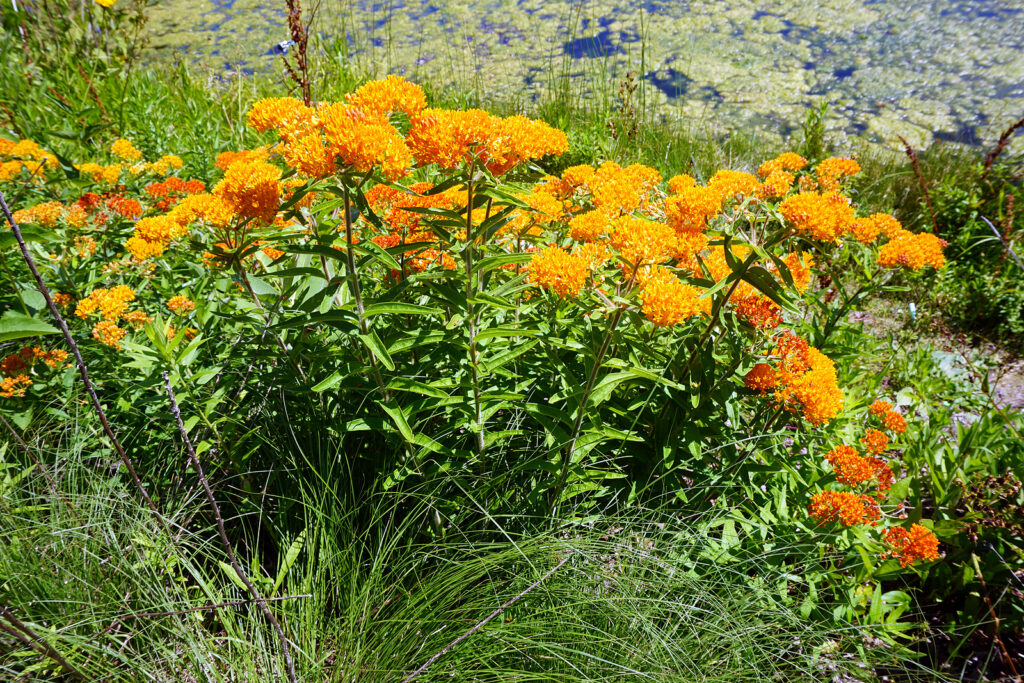
How to water and feed Asclepias
- Asclepias does not need feeding. It will grow in average soil with little assistance.
- Asclepias is drought tolerant. In dry regions, give plants a deep watering twice a month.
Asclepias care
- Mulch to prevent disease in splashing soil.
- Deadheading will promote additional blooms.
Asclepias pests and diseases
- Asclepias can be attacked by aphids, caterpillars, and scale.
- Plants are susceptible to powdery mildew, leaf spot, mosaic, and rust.
Asclepias propagation
- Grow Asclepias from seed; start seed in small pots. Refrigerate seed for 30 days before sowing. Seed will germinate in about 30 days at 65°F (18°C).
- Propagate by cuttings taken from shoots at the base of the plant in late spring or early summer.
- Propagate Asclepias by root cuttings taken in fall.

Asclepias varieties to grow
- Asclepias curassavica, called bloodflower, bears red-and-orange flowers.
- A. incarnata, called swamp milkweed: Grows from rhizome from 3 to 5 feet tall; forms 2-foot wide clumps; bears flat-toppedm2 to 4 inch wide clusters of pale to deep pink flowers in midsummer.
- A. tuberosa, butterfly weed: Shrubby plant grows 2 to 3 feet tall forming 2-foot-wide clumps; bears clusters of bright orange or orange-red flowers in midsummer.

